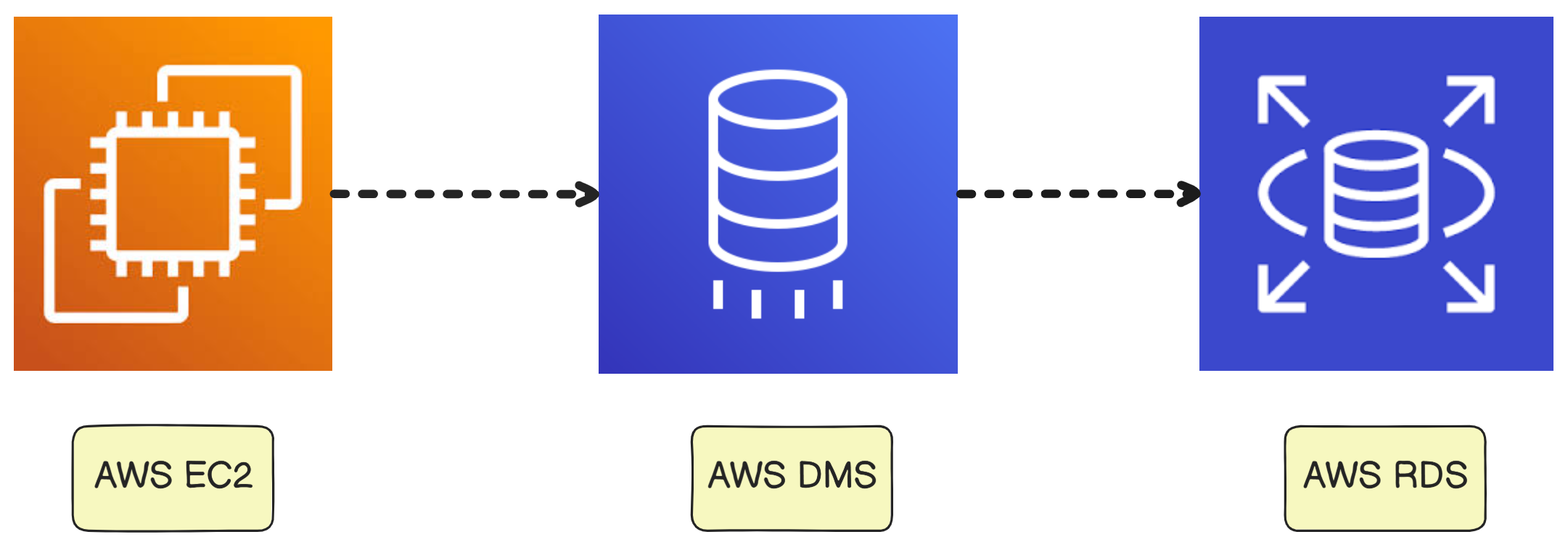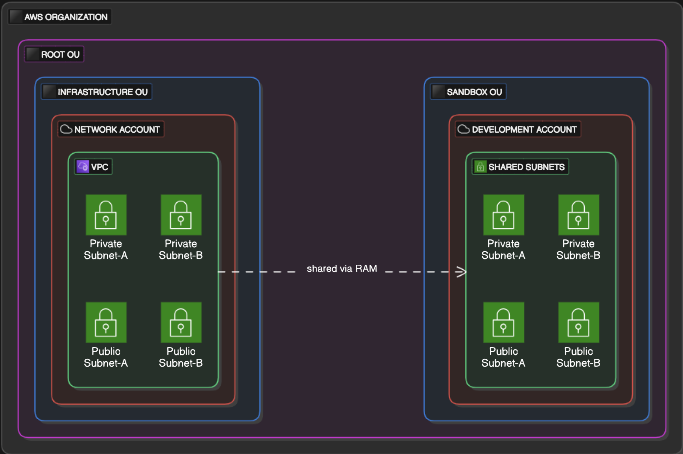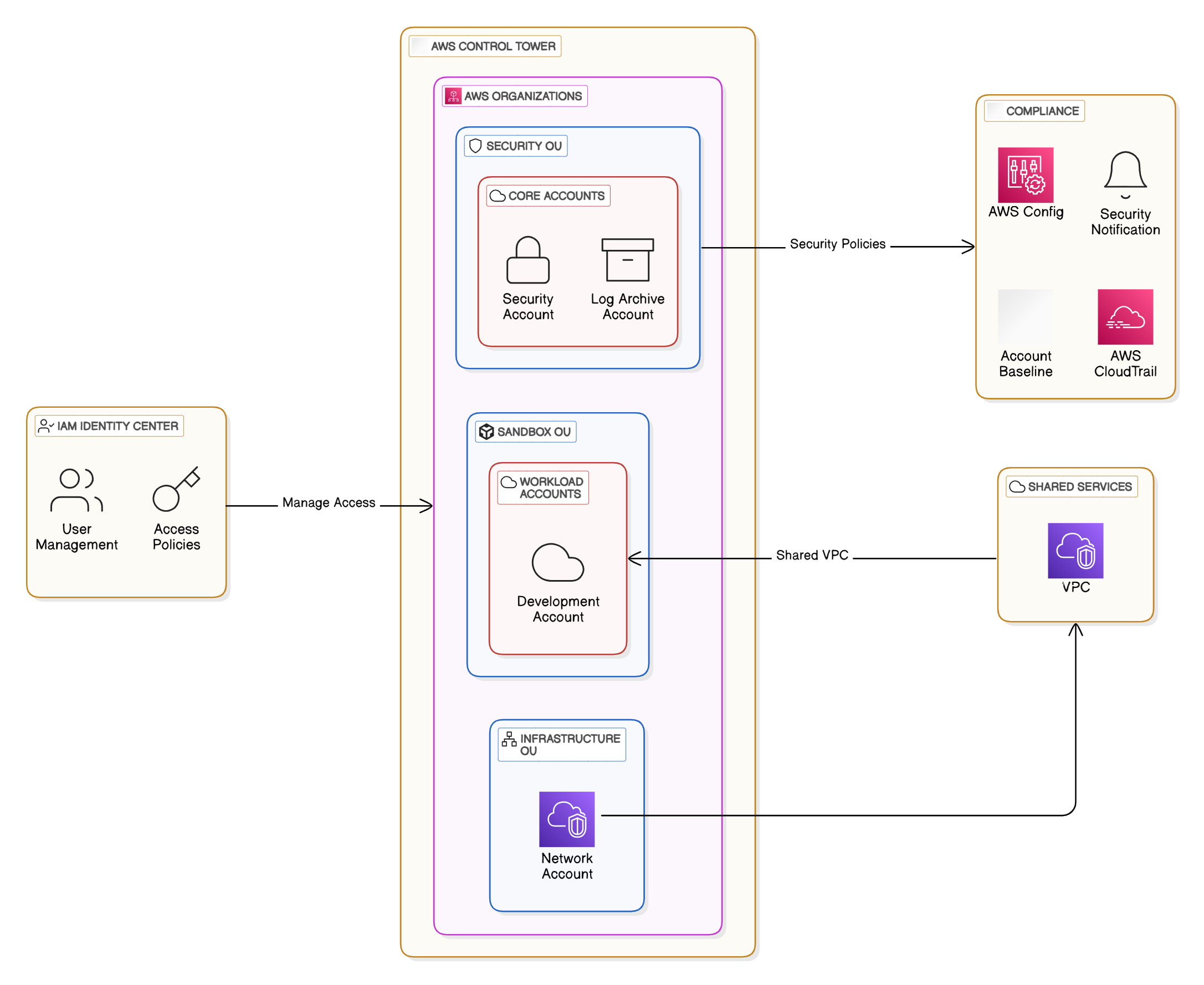From EC2 to AWS Managed Services: Migrating to AWS RDS with DMS

Introduction
Last week, I successfully deployed an MVP using a simple but effective setup — a custom AMI with everything bundled into a single EC2 instance. Building an MVP is just the beginning of a startup’s journey. As the user base grows, the initial infrastructure needs to scale effectively to meet the increased demands.
This week, I undertook a major infrastructure upgrade to ensure the platform remains fast, reliable, and cost-efficient as I scale by:


